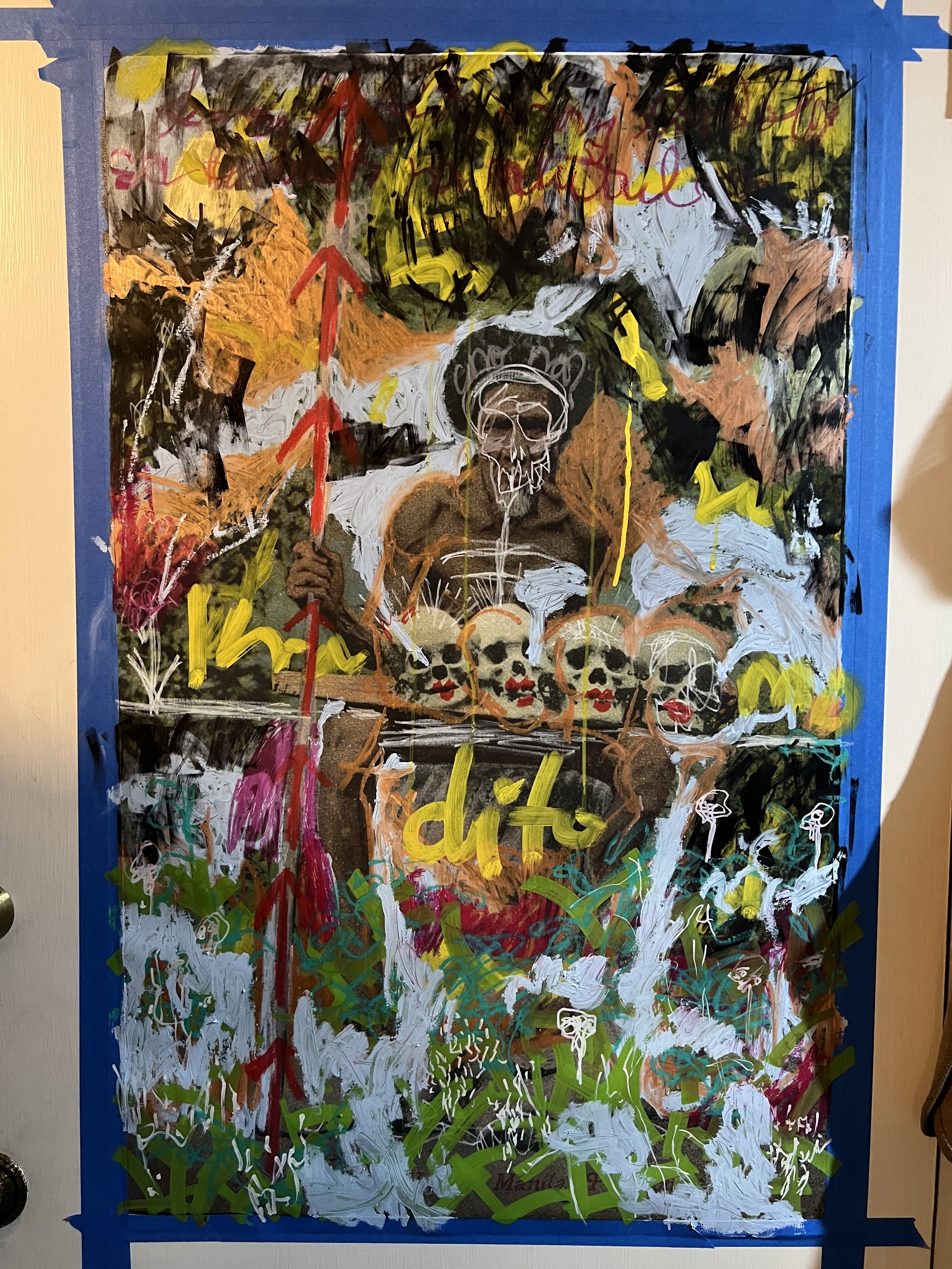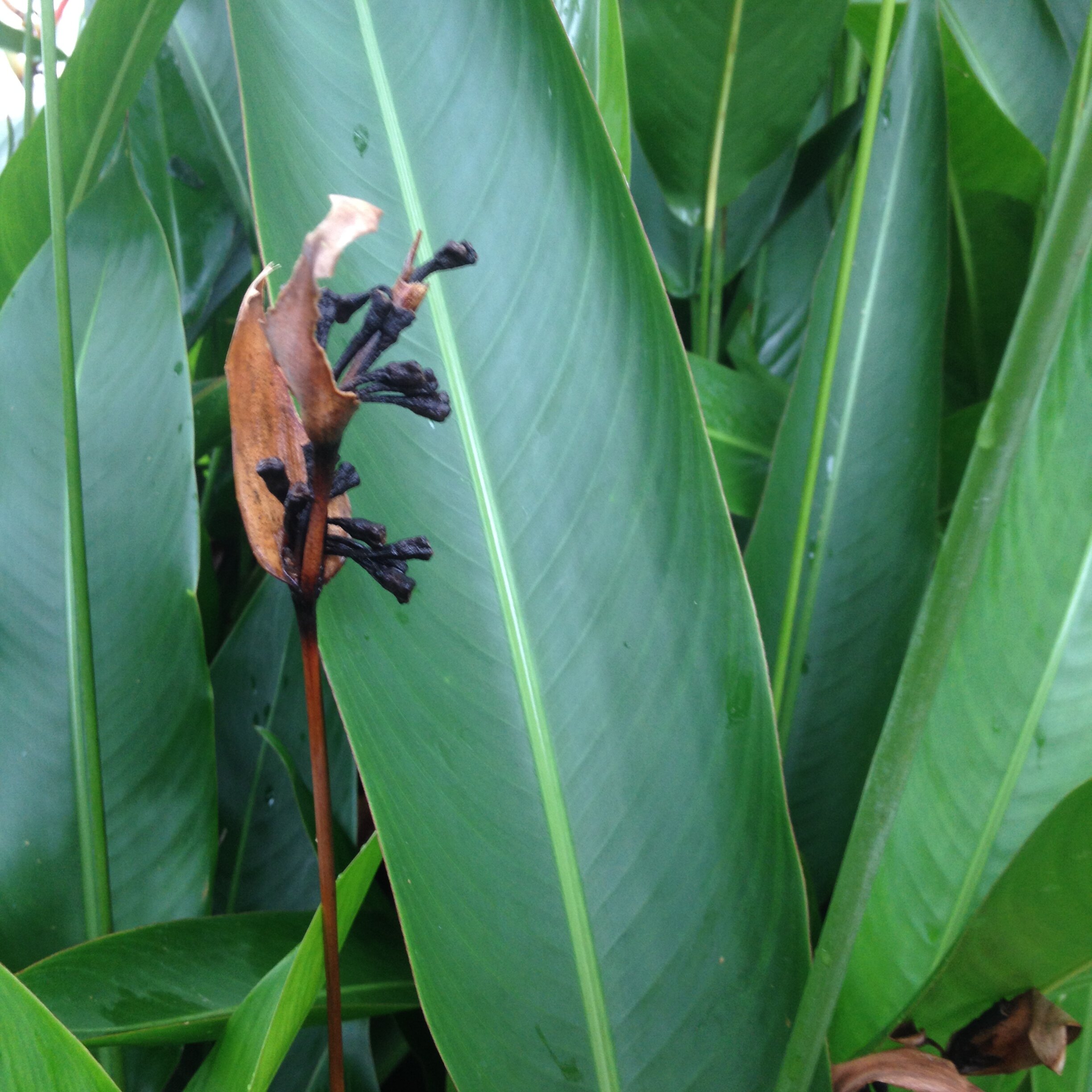Exhibition Essay by Jose Santos P. Ardivilla
The image of genealogy is usually that of a thick-trunked tree that has deep roots tethered to a past as they help sprout forth sprawling branches. However, in 2018 when the Association of Pinoyprintmakers commemorated their 50thanniversary, there was a curious video installation showing animated lineages of printmakers across the years. Instead of a tap root with the entrenched but radiating smaller roots and branches cover a certain vastness, the “parentage” of printmakers prove to be quite quizzical if not transgressive. In this 2018 animated video art entitled “Genealogy” by RJ Camacho and Isabel Sophia Weber, the printmakers are clustered in nebulous forms that overlap each other creating active forms that truly do not coalesce or harden. This is the perfect metaphor for the genealogy of the Pinoy printmakers when many of us come from different places, from different persuasions, different approaches. Some of us can be quite grounded in meticulous tradition whereas there are those among us who freely and eagerly dive into the motions of experimentation. Such is the connecting thread among the general practice of printmaking in the Philippines.
This year, the Association of Pinoyprintmakers (AP) disavows this obsession among many artists and organizations for a patrilineal beginning. The Philippine art market’s penchant to label certain art movements as to have sprung from a patriarchal ground zero would have many of us read exhibition essays, catalogues pointing out that so and so is the father of this or that. Such an approach would cater to quite a misogynist notion that art begins from a parent, specifically, a father. In this group exhibition entitled On Site: Printmaking Open Studio Series, the specter of the singular paternal is troubled. The printmakers become “fatherless” in the sense that we are among multiple emergences throughout varied disciplines and different philosophies. In a way, there should be comfort of veering away from this obsession with starting from just one as quite limited and hampers any discussion of “errant” children. After all, for an art form to have a “father,” it would assume there would be assigned inheritors and arbiters of the art. What of those who do not “belong?” What about those who are distant from the center? Are they rendered orphaned ergo, designated as “less” or, even worse, token aberrations?
The multiplicity of the sites embarked in this exhibition is to showcase the different practices and methods from different printmakers from different parts of the Philippines. In such multiple sites, these different organizations would have members who are tethered to the Association of Pinoyprintmakers, but there is no corralling of membership. After all, the ways of the father is that of gatekeeping, by disallowing “problematic” persons, frowning upon those who do not toe the patriarchal line. After all, to be a truly contemporary art movement, verticality should not be insisted whereas there are hierarchies imposed to curtail unsanctioned movements. Though there are a number of senior printmakers in this group, seniority here is to serve as a point of aspiration and approach and not that of a staunch dictation of what should be. This exhibition is about the horizontal spreading of influences wherein the area becomes wider and not higher.
In On Site: Printmaking Open Studios, we urge everybody, both the printmakers and the exhibition visitors to bear witness on how it is to see that the different lines that connect our practice are not rigid, but that of multiple vectors of trajectories. The point is no longer to look for a source, because that would mean to answer to many claimants and contention, but to see what it means to be contemporary and relevant to these days of overwhelming paces of images. Printmaking has been in existence for centuries and in this exhibit, we offer you a glimpse on the stakes of printmaking for today and that printmaking is not shut out for tomorrow.
This is what the contemporary demands: multiple sites, multiple lines emerging from those sites. This assures that printmaking shall not be relegated into the doldrums of obsolescence but still in the flux of becoming. This is why that “Genealogy” artwork from the 2018 Tirada is composed of floating forms that elide and inform other forms into existence. Such fluid extractions from the different printmakers, from different point of view, from different practices show that this is an exhibition of printmakers with arms akimbo that march to the different possibilities and the multiple dynamisms that would assure our places in the future.












